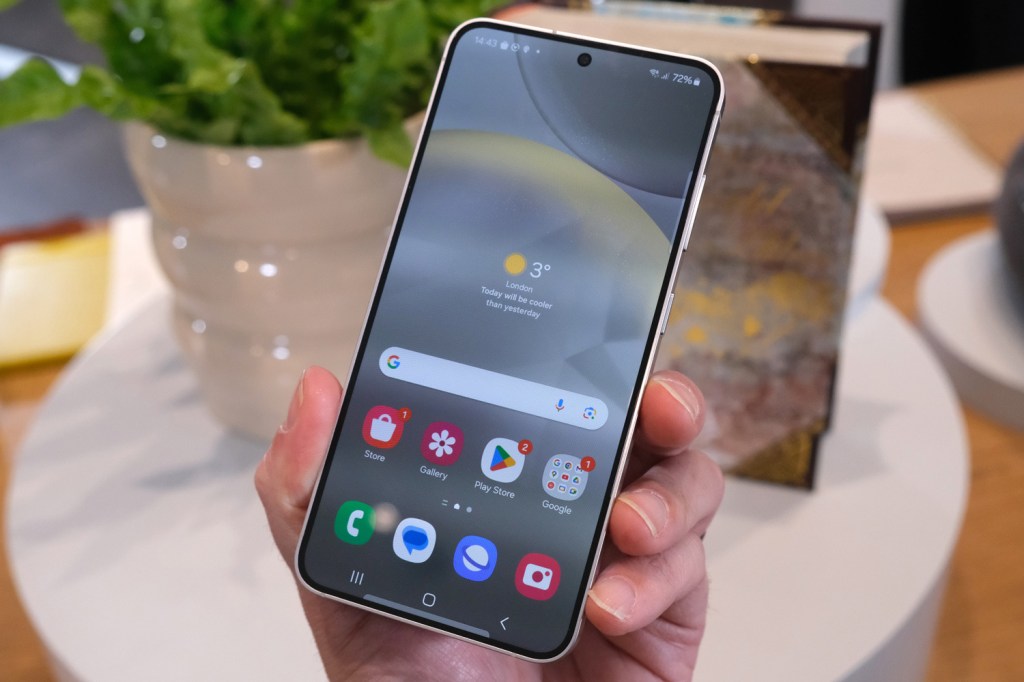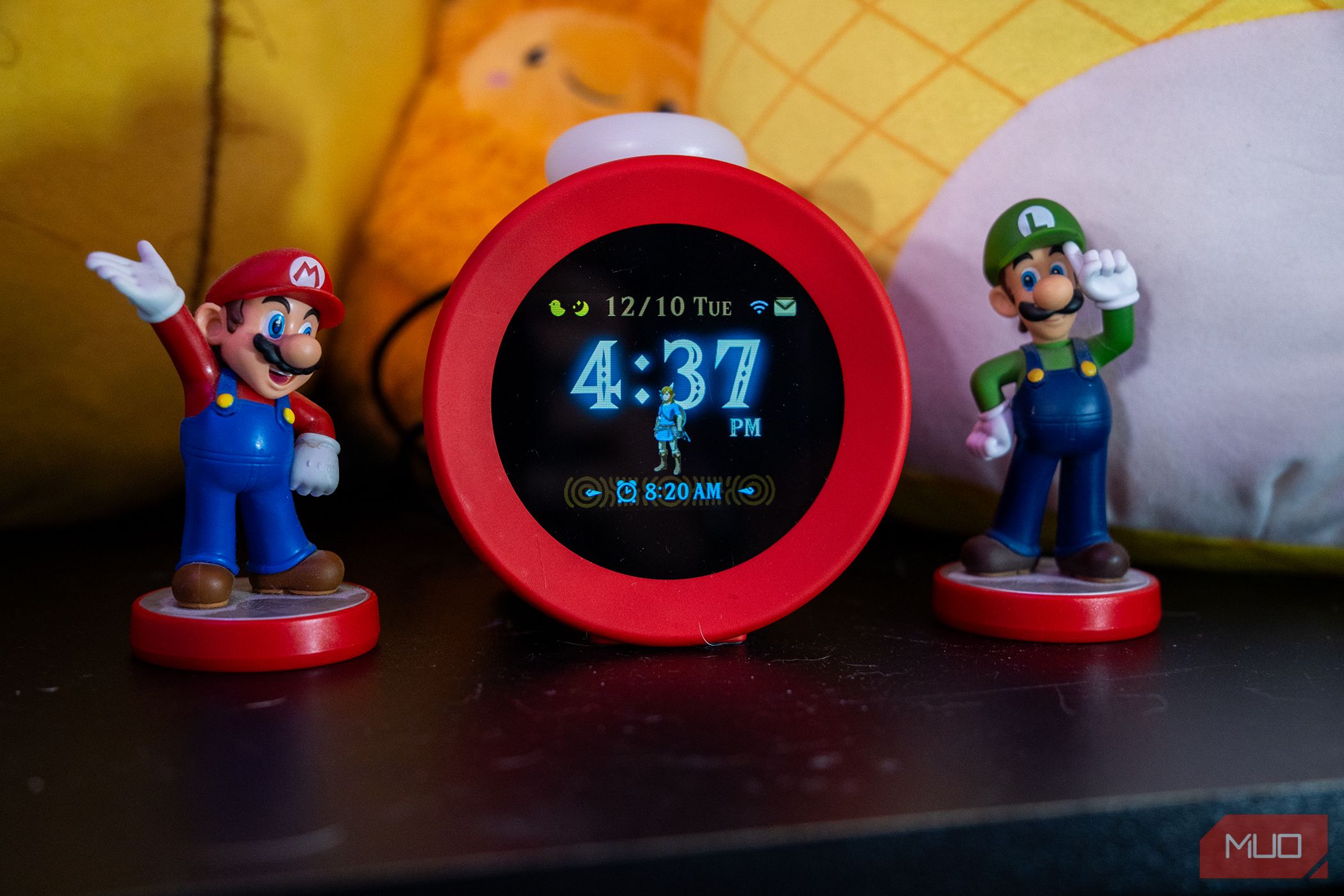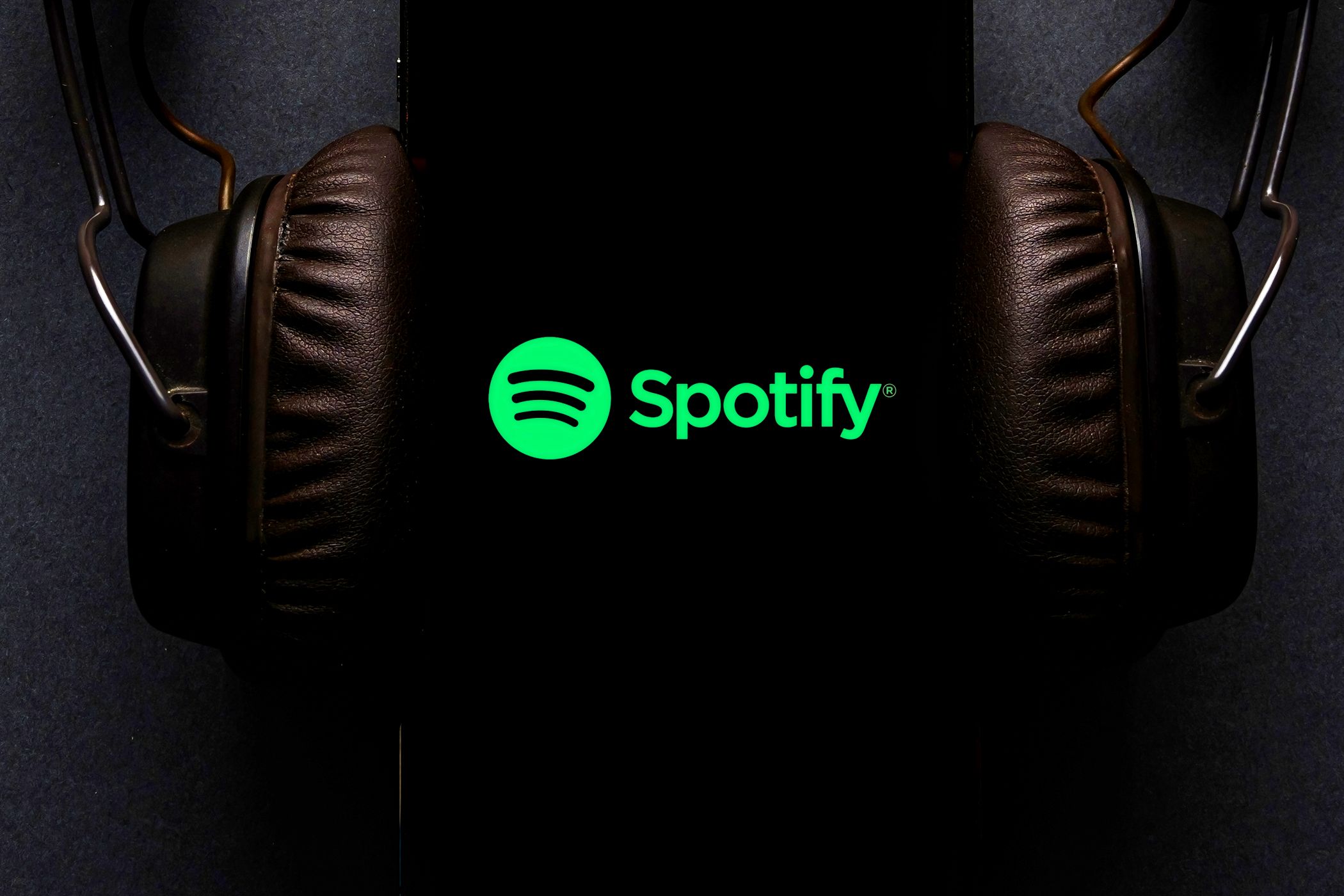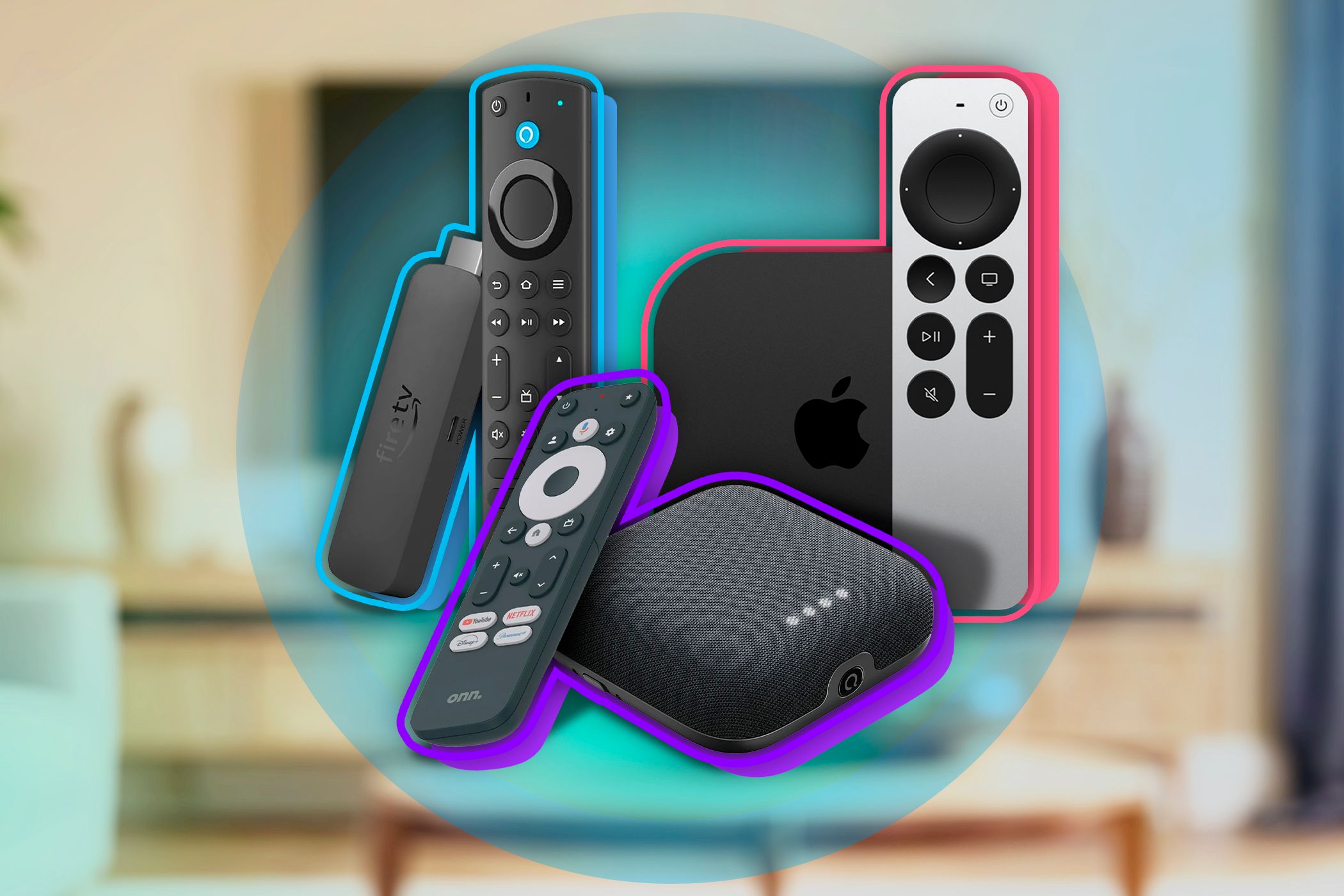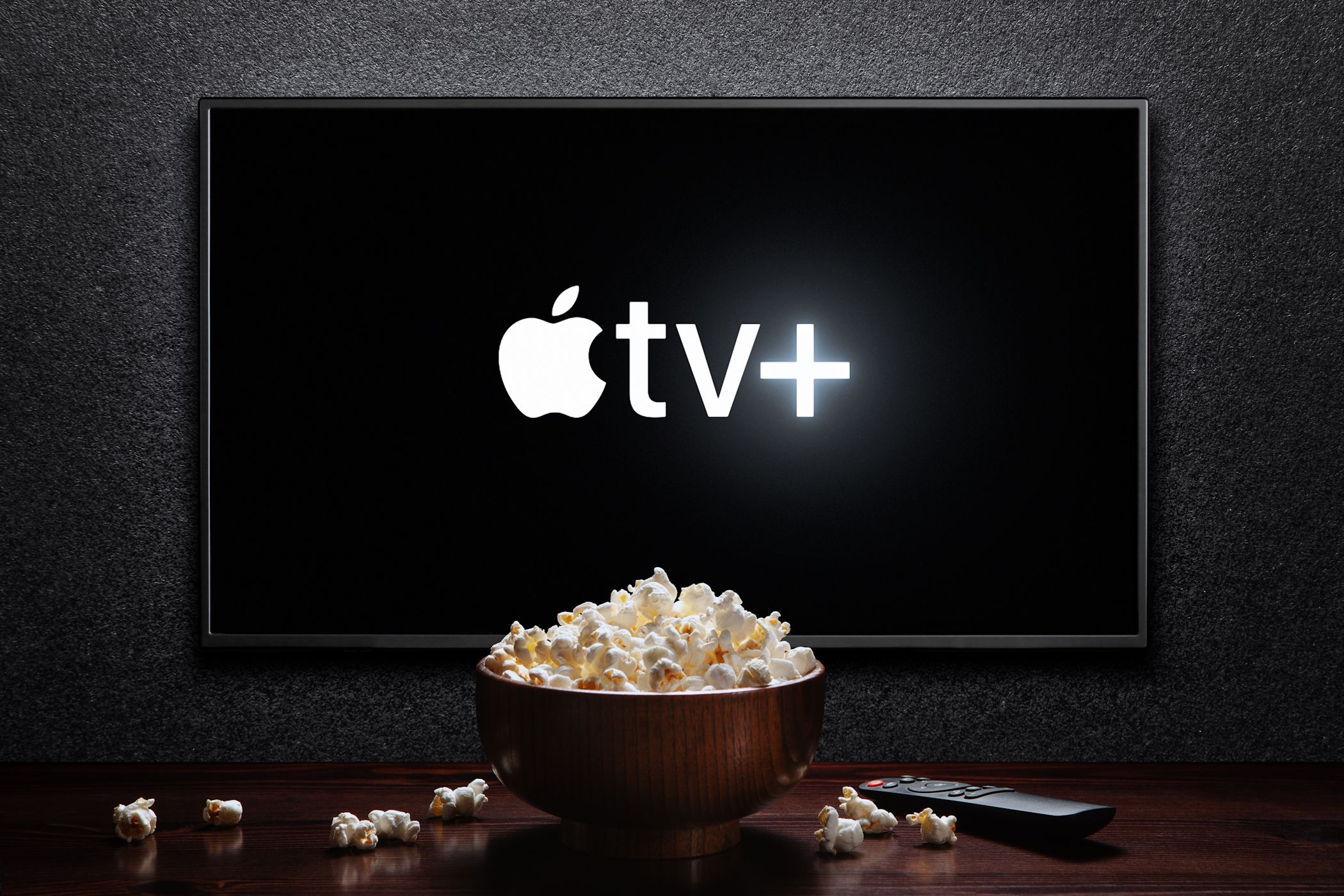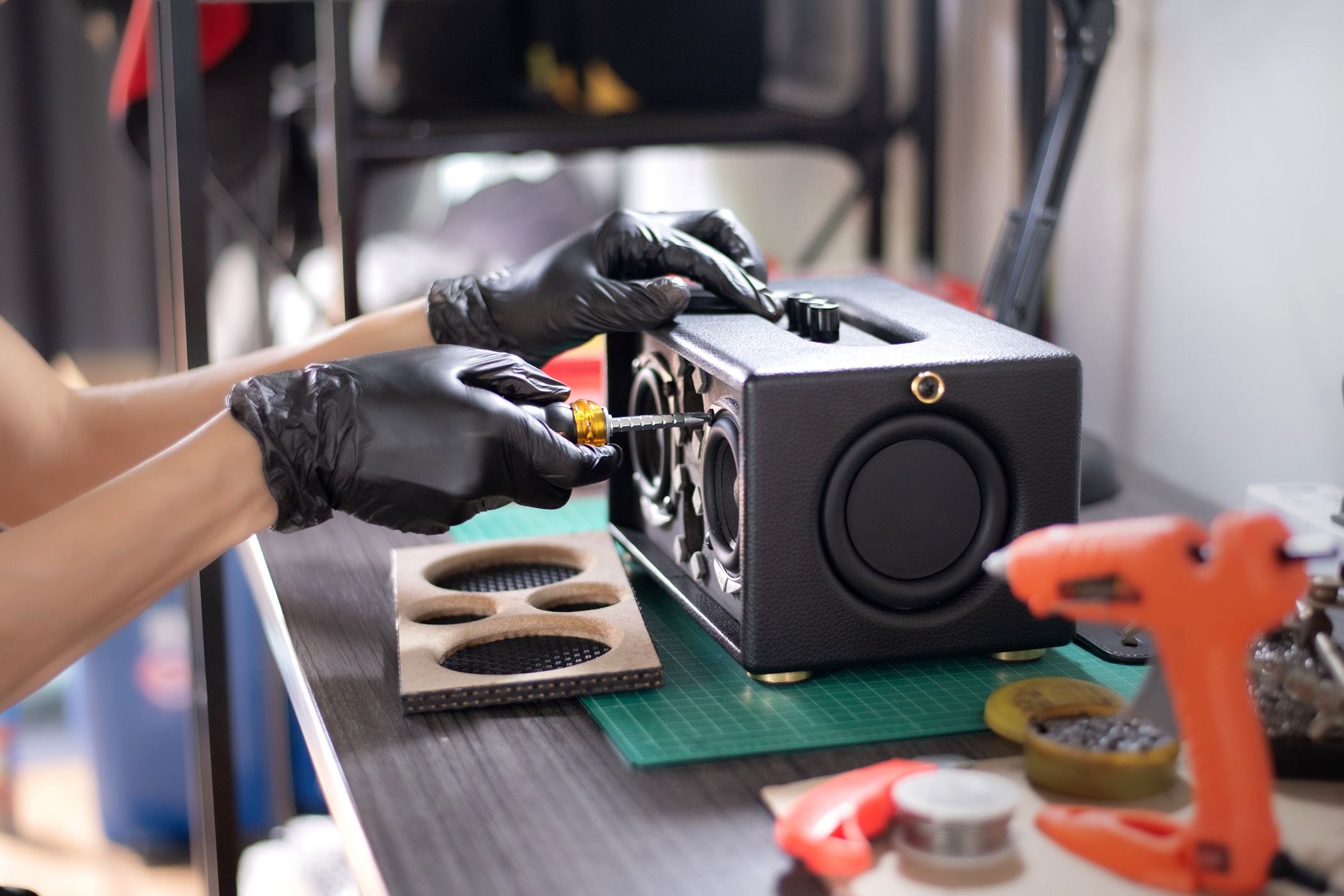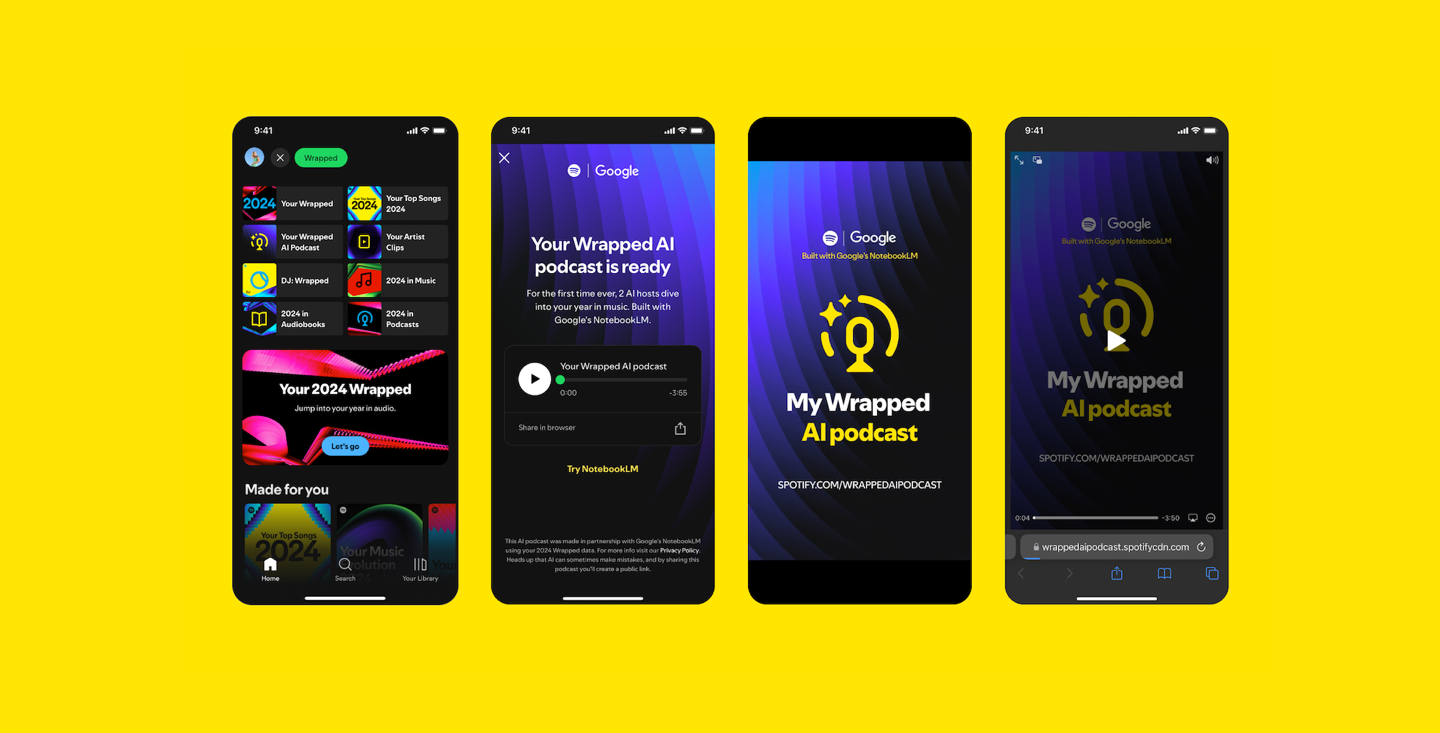I pay for Spotify Premium every month. Yes, there’s a free version, but for me, spending a comparatively small sum is worth it. Considering all I have access to, it’s great value and helps to support the entertainment industry.
Here’s how I make sure I’m getting the best bang for my buck.
Not Paying Out for Too Many Streaming Services
Spotify, Apple Music, Deezer, Amazon Music, Tidal: there are so many music streaming platforms now that it can be hard to decide which to go with. Nonetheless, it’s important to find one or two that you like and stick with them.
You’re wasting money if you’re paying for numerous streaming services. Your personal preference will dictate which interface you like best; otherwise, they all have similar features and content, so choose what’s right for you and don’t stray from that path. I like Spotify, so I’m staying with it for the long run.
Bear in mind, too, that you might already get some music included in other memberships like Amazon Prime. If you’ve got that, consider whether you need anything else.
Making Numerous Playlists on Spotify
Spotify and similar platforms allow you to create playlists—so do so!
My Liked playlist is the longest. That’s my default, as it’s so simple to add stuff to. Just click on the + symbol on any song, and it’ll be on your liked tracks. I immediately made a second playlist when I joined Spotify Premium, though: this was my shower playlist, i.e., a few tracks I like to unwind to. I then added a relationship playlist, one for music to listen to with friends, one for Christmas, and some of my favorite tracks from specific artists.
The more, the merrier. So you can add a list of tracks to exercise to, one to accompany you on long drives, and one to get you feeling excited for the summer.
Blending Music With Friends
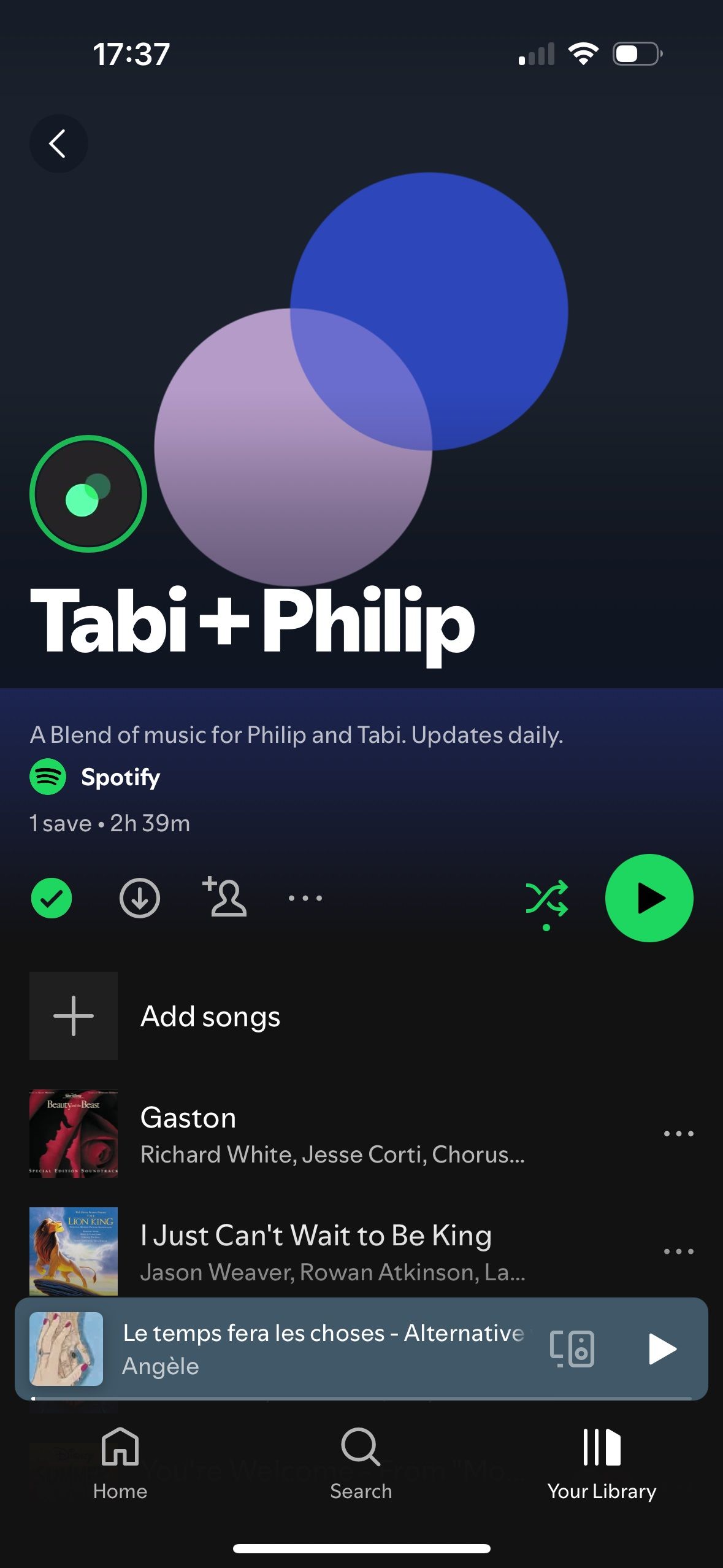
Here’s an underrated gem and one of Spotify’s coolest features: You can blend your music with a friend’s. Simply put, your favorite tracks are mixed into a playlist with your friend’s songs, and Spotify recommends further music you both might like.
This could be a deciding factor for you when choosing a music streaming service: which one do your friends use? That might not seem like something you need to consider, but for me, it was a key reason I went with Spotify in the first place.
Firstly, it meant I could get hands-on experience with it before purchasing Premium. I wasn’t enamored with the free version, but I tried out someone else’s paid-for account and enjoyed it much more. Secondly, music can be an intimate thing, but it’s also important socially, so being able to link up with friends in such a way is special. And creating blends on Spotify is easy!
Listening to Audiobooks Through Spotify Premium
Music streaming services aren’t all about the music. Audiobooks are a massive benefit of paid-for platforms, and while not all of them have such an impressive library of titles, Spotify Premium has lots to offer.
There is a catch. You have a limited number of listening hours. At the time of writing, you can listen to up to 15 hours of audiobooks each month. That might not seem like much if you’re an avid listener, but for more casual consumers, that’s enough to give you a taste of the books on offer and is an easy intro to audiobooks themselves.
It’s not perfect—far from it, in fact. Only being able to listen to 15 hours might mean you only hear half a book before it cuts off and you must wait until next month for your listening hours to refresh. For many, though, myself included, dipping your toe into that industry is enough for now. If I want more information, I can check out our other dedicated audiobook platforms.
Adding New Albums to My Library Straight Away
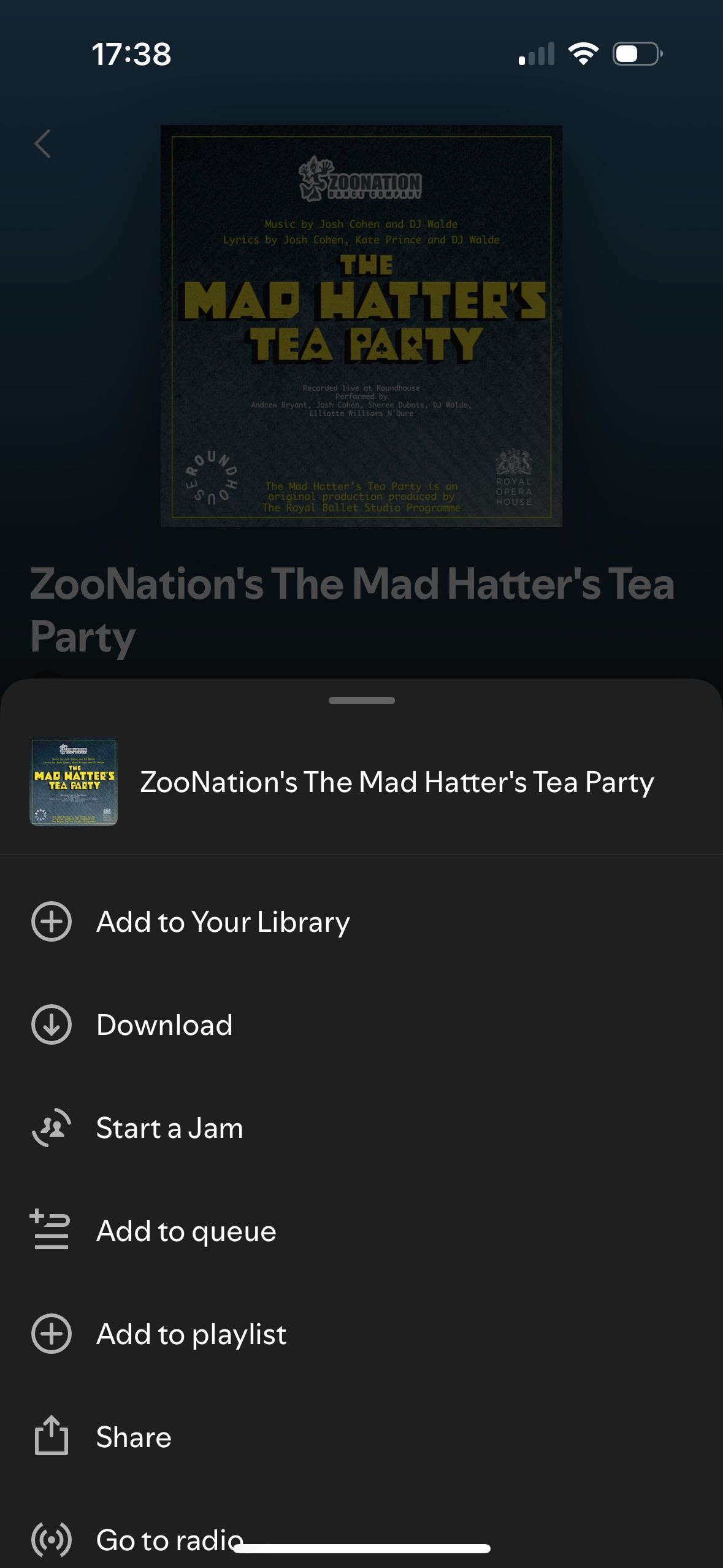

It’s simple. I like a song; I check out the album; I like it and add it to My Library. It’s easy to forget how amazing that is, but while there are other mediums I love, streaming music is the easiest way to consume everything I want. Otherwise, buying an album on, say, iTunes or as a CD will cost at least $9.99. An Individual Spotify Premium plan costs $11.99 a month, so listening to many albums has a financial benefit.
It helps that Spotify will tell me whenever an artist I follow releases a new song or album. The song or album will be listed on the homepage, so it’s easily accessible. From there, I can click on the tracklist and the ellipsis, then Add to Your Library.
That includes more obscure titles, like musical soundtracks. In fact, Spotify’s repository is so good that I’ve found complete soundtracks for loads of relatively obscure shows with limited runs. It means I can take those fun vibes with me even after leaving the theatre.
Taking Advantage of Recommendations
Spotify uses AI to find what songs and artists you regularly listen to and recommends more tracks you might like. Sometimes, it misses the mark, but on the whole, it hits the right mark.
The great thing about this, of course, is that you discover new artists. I’ve recently been listening to many French and Belgian singers based on my love of Angèle. But because I have a playlist of her songs, Spotify has suggested songs by similar artists like Adé, Izïa, and Madame Monsieur. Living in the UK, I wouldn’t normally have heard any of these musicians. Thanks to Spotify, a new world of music opened up to me.
If I purchased songs on iTunes as I used to, each would cost at least 69 cents. That soon adds up, so I wouldn’t pay for music as an experiment but stick with what I know.
Listening to Spotify’s DJ
As a natural extension of those recommendations, I check out the service’s own DJ. Or should that be my own DJ? Because Spotify uses what it knows you like to create your own channel, hosted by its Head of Cultural Partnerships, Xavier “X” Jernigan.
Spotify’s DJ is generative AI. I have an issue with AI in general and the platform uses it a lot. Fortunately, it isn’t really used in a creative fashion: it doesn’t make the music; it just serves it up to you. If I don’t know what sort of song or even genre I want to listen to, the DJ does the job for me.
It’s worth noting that this is integrated into the app, but other services like Apple Music can be supplemented using apps like Radiant.
So what this all boils down to is deciding what you need from a music streamer. There’s a lot to consider, so to get the best value, note down your priorities and zero in on a platform. For me, Spotify was the answer.
